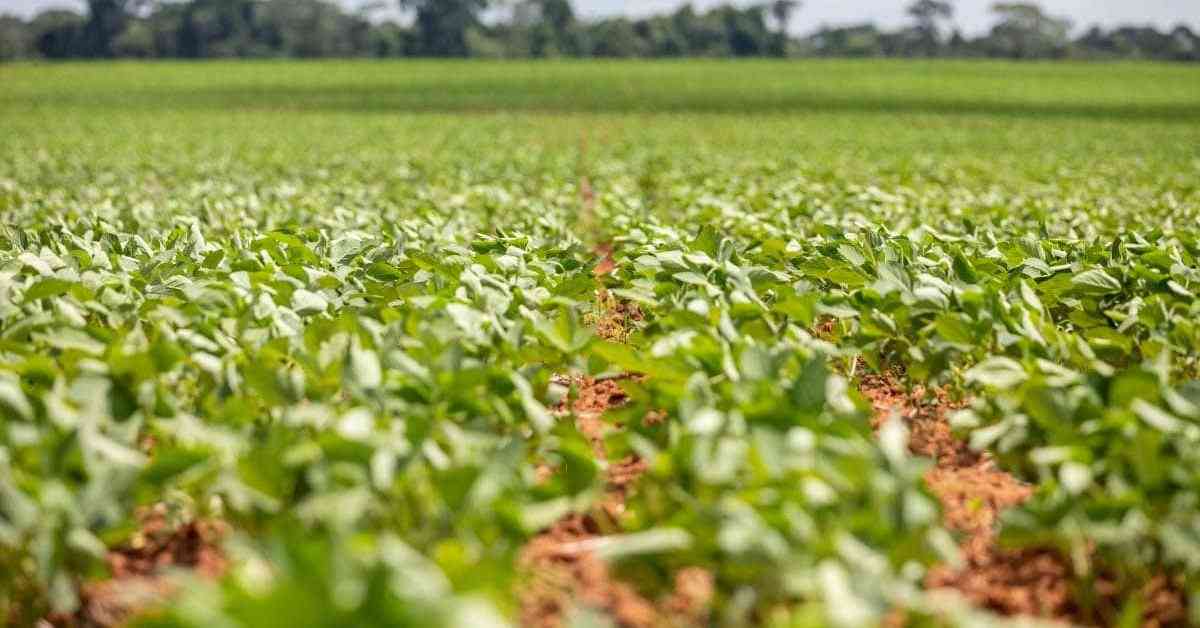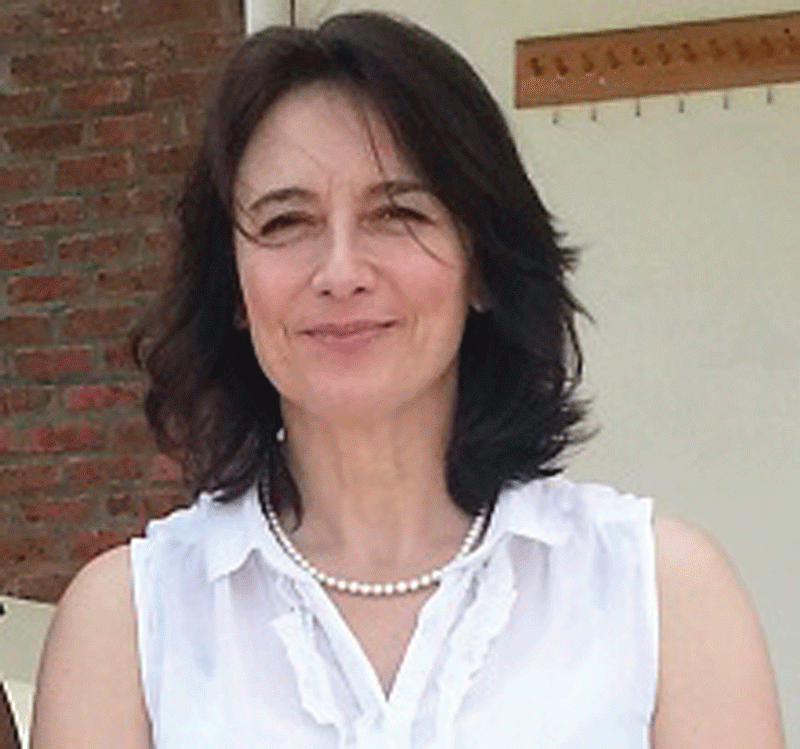
MOST African communities have a lot of natural resources, but lack knowledge on what to do with excess food when there is no market.
If a market is available, a household can sell a heifer and get money to engage into horticulture.
Unfortunately, beneficiary models promoted by some development organisations do not advocate market space because quantities produced by the beneficiaries are usually not worthwhile for producers to travel 300km to the urban market.
Community investment models as part of agroecology
Agroecology recognises that sustainable food production cannot be defined by production alone without other elements like seed and markets.
On the other hand, seed alone is meaningless without other elements just as market infrastructure, without farmers, traders and consumers.
Addressing some of the market challenges might entail revisiting beneficiary models toward community investment models that also embrace local champions.
Based on their competitive high production capacity, local champions can advocate local development including market development and should not be sidelined by beneficiary models.
- Open letter to President Mnangagwa
- Feature: ‘It’s worse right now than under Mugabe’: Sikhala pays the price of opposition in solitary cell
- Masvingo turns down fire tender deal
- Human-wildlife conflict drive African wild dogs to extinction
Keep Reading
Organisations that purport to promote women and youth empowerment assume that they have a solution on women and youth unemployment, but to what extent should rural unemployment be defined the same way as formal wage employment?
Given the abundance of natural resources that can sustain livelihoods, to what extent should rural people be considered unemployed?
Such questions can be answered through setting up agroecology community models that unlock value from the whole community instead of supporting individuals.
For instance, the question should be what value does an irrigation scheme bring to the local community as opposed to benefiting a few selected beneficiaries as plot holders?
Rather than supporting a few community members to harvest indigenous fruits and sell indiscriminately to whoever comes, what can be done to add value and create developmental models for communities surviving on indigenous fruits?
Benefits to both the climate and local communities
To some communities, agroecology seems to be giving benefits to the climate not to local communities. Through local champions, natural ecosystem development models can be part of social investment as opposed to colonial retails shops that do not have the political, economic, social, technological and environmental (PESTE) elements.
The PESTE framework can unpack community priorities in ways that do not present climate change as a threat or competitor with community livelihoods.
It becomes possible to package agroecology messages in ways that enable every community member to see benefits from sustainable agriculture, different from an individual retail shop.
A widow with two chickens should be able to benefit from the ecosystem and local market.
An integration of government programmes with programmes from development organisations can also make a difference in achieving community sustainable development.
Such an integration should see development organisations focusing on community models like groundnut processing while government support community consultative processes that respond to opportunities and economic drivers.
Involving traditional leaders in selecting community beneficiaries can be more inclusive just as taking generational community models to the next levels by involving local youths.
The power of knowledge and inclusive empowerment
Once communities are empowered with the right consciousness and knowledge, they will start seeing the value of building their own markets rather than depending on national trade promotion agencies that are often far-removed from grassroots realities.










